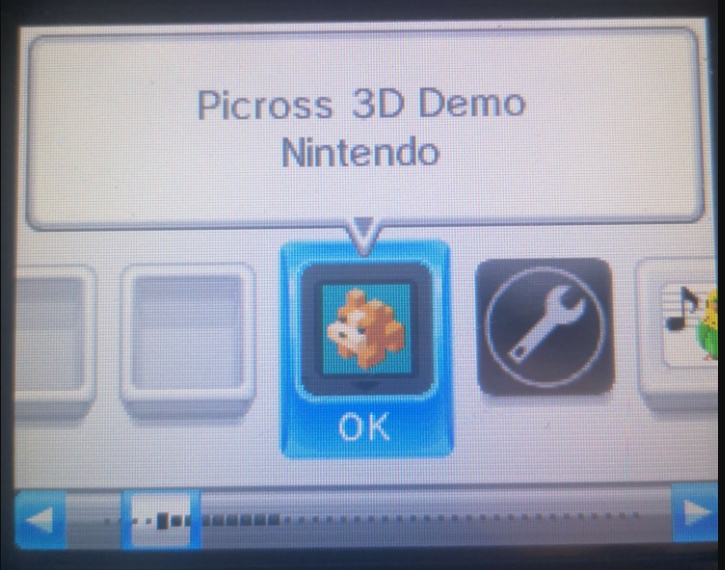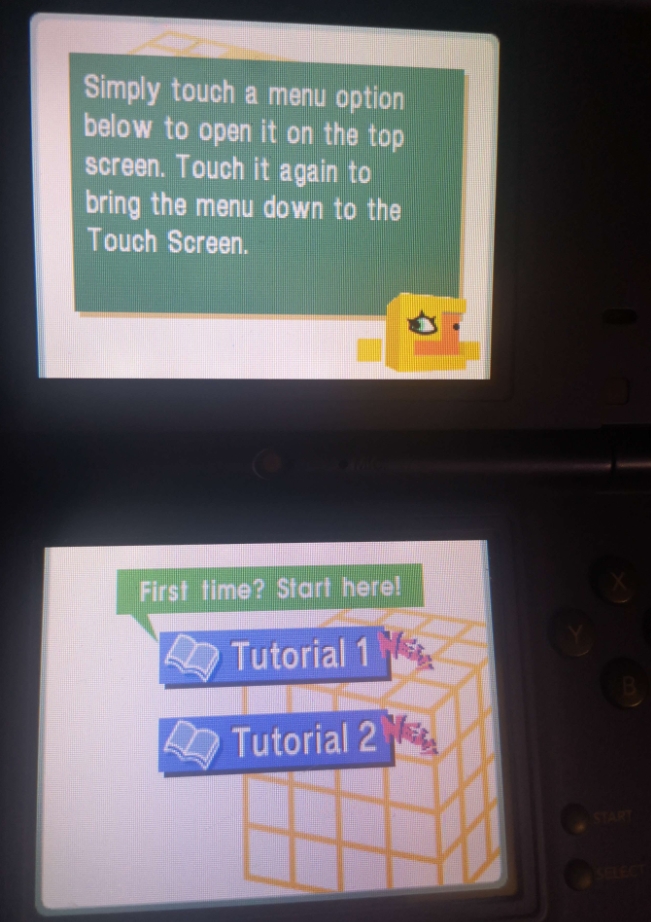I received my nds cartrigde slotwhich means I can also model a cart-reader board that I can hook up to a RPi / Arduino / FPGA / whatever. I'll do that too and see if I can make a KiCad Part for the slot too so.
Than I'd have two pcb's, one that represents a cart and one that represents a slot that I can both communicate through.
Watch out: try to use wires as short as possible, I'm already having signal integrity problems at ~6.3MHz with just a 10cm jumper wire.










